Identity begins at birth: a tongue curling around language, the meeting point of complexion and ethnicity, and the first, cautious steps into an environment. Children are socialized into understanding the world in select paradigms, colored by their upbringing and the ways in which they are taught to see themselves.
For many, this process is fragmented; third-culture kids walk a thin, ready-to-snap tightrope of belonging—caught in the crevices between two cultures, battling the faultlines of two or more ideologies. Splintered as this reality is, it is also an opportunity to stitch worlds together and find themselves in the process.
Noss e Noss—or rather, half-and-half, in Arabic—is a “multi-media” art initiative turned community dedicated to Egyptian-Dutch women, striving to bridge the gap between Egypt and the Netherlands. Through a series of editorial profile shots, artist and photographer Nadine Mrb brings to life a group of women often overlooked in dialogues of Egyptian dual-nationality.
Alongside co-founders Farah de Haan and Amel Labeab, Mrb was able to uncover a transnational community, creating a safe space where Egyptian-Dutch women can come together and communicate their experiences, narratives, and belonging.
“We are ethnically mixed. Bi-cultural. Transnational,” Noss e Noss’ mission declares. “A little bit of this, a little bit of that; a mishmash we explore through word, image, and sound.”


“There isn’t one face, there isn’t one story”
“It’s been three years since we started Noss e Noss,” explained de Haan to Egyptian Streets. As founders, de Haan, Mrb, and Labeab got to know one another through an Arabic language course in the Netherlands. “We started to notice that we had a lot in common […] similar challenges, similar things that come with being half-Egyptian and half-Dutch.”
De Haan goes on to describe the early incubation of Noss e Noss as a community, from a simple Instagram page to an entire initiative. “We started an Instagram account, said we were looking for half-Egyptian, half-Dutch women, and we got a lot of responses. Nadine took all the photographs, and Amel and I worked on 18 interviews with Dutch-Egyptian women.”
Mrb’s talents and fondness for analog photography—“no editing, what you see is what you get”— were put to good use when the three founders decided to pursue a visual exploration of the Egyptian-Dutch self: they sought out women who fell into the same niche and chose to brace Noss e Noss on the backbone of diversity. Mrb herself is an Egyptian-Irish artist born and raised in the Netherlands: a true vision of the half-and-half paradigm she strives to represent in her work.
“I’m 32 now,” Mrb explains. “And my relationship with my identity is way different than, say, 10 years ago when I was 22. It’s been a rollercoaster—especially my youth and teenage years. The balance between the culture that I was living in and the culture that was in my home, what was expected of me and also what I was seeing around me—it was a struggle.”
Mrb describes her warm home life in congruence with the battle to find her identity. “All of my friends didn’t have that ‘Other’ identity […] but now I think it’s great—I mean we started this initiative, which for me is something I’m really proud of. A space where I’m not ashamed or embarrassed to share that part [of me]. Now I share it with everyone: whether you like it or not, this is who I am.”
Through her photography, Mrb showcases the visual contrasts and subjective beauties of individual Egyptian-Dutch women. Much like Mrb’s personal work, which is a function of raw photography and the feminine form, Noss e Noss as art aims to highlight the diversity of women in a single space, granting them the confidence to proudly showcase their features.
When asked about how Noss e Noss would best define themselves, Mrb pauses. “I think the fact we cannot decide, means we cannot be labeled. We want to do it all, we want to show it all, we want to try it all.”
Through a crowdfunding campaign in 2019, Noss e Noss was able to set up an exhibition in the Netherlands shortly after. Pleasantly, de Haan laughs. “From there, we [really] started a community.”

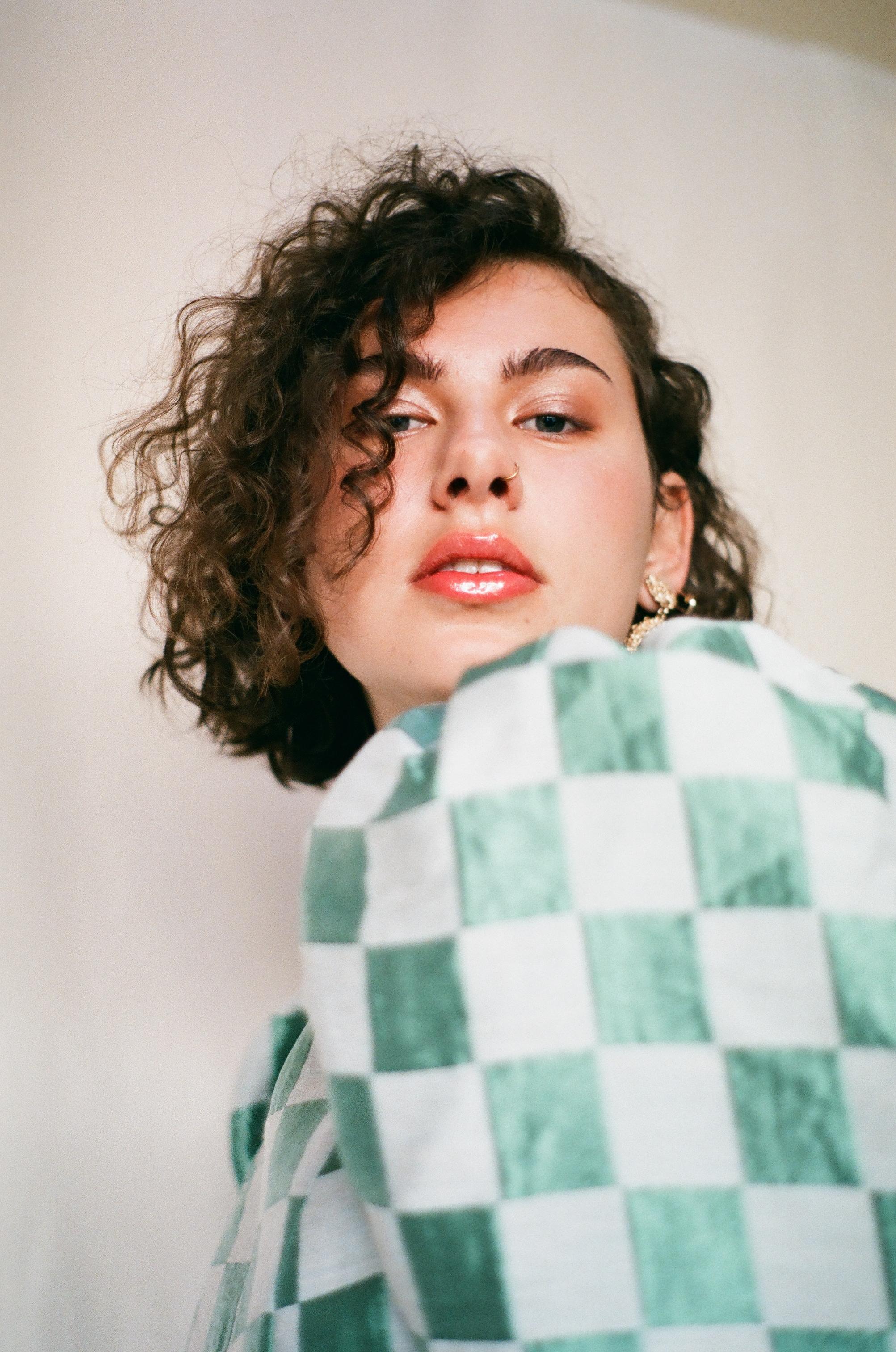
A Woman’s Playground
Much like any venture-stage initiative, however, Noss e Noss was forced to navigate the ups and downs of the COVID-19 pandemic. “I moved to Egypt around the same time, and I started getting a lot of questions about Egypt from the girls,” De Haan explains. This kept their community alive despite requisite distancing, and soon after travel restrictions were lifted, Noss e Noss began planning for a community trip to Egypt.
“A lot of the girls experienced Egypt through the eyes of their father, who is usually Egyptian. They hadn’t experienced Egypt for themselves,” de Haan elaborates. “Most [Egyptian-Dutch] are from a certain generation, because there was really a time, in the 70s mostly, where a lot of Egyptian men came to the Netherlands for work. It’s not a coincidence that we’re all a similar age.”
However, as a “bottom-up” initiative, Noss e Noss values community above all else, including age. De Haan explains that prior to the pandemic, and tentatively after, Noss e Noss would gather in small groups to discuss their experiences, identities, and sentiments. It is one of the reasons de Haan and Mrb argue that, in order to maintain the integrity of Noss e Noss as a safe space for women, the focus needs to remain on their stories.
“We’ve noticed that people have reiterated that they feel safer if it’s just women,” Mrb explains. “But if we were to organize a community gathering, with food and music, [a mixed environment] would really work. It’s when women are sharing personal things, that yeah, it works better [separate].”
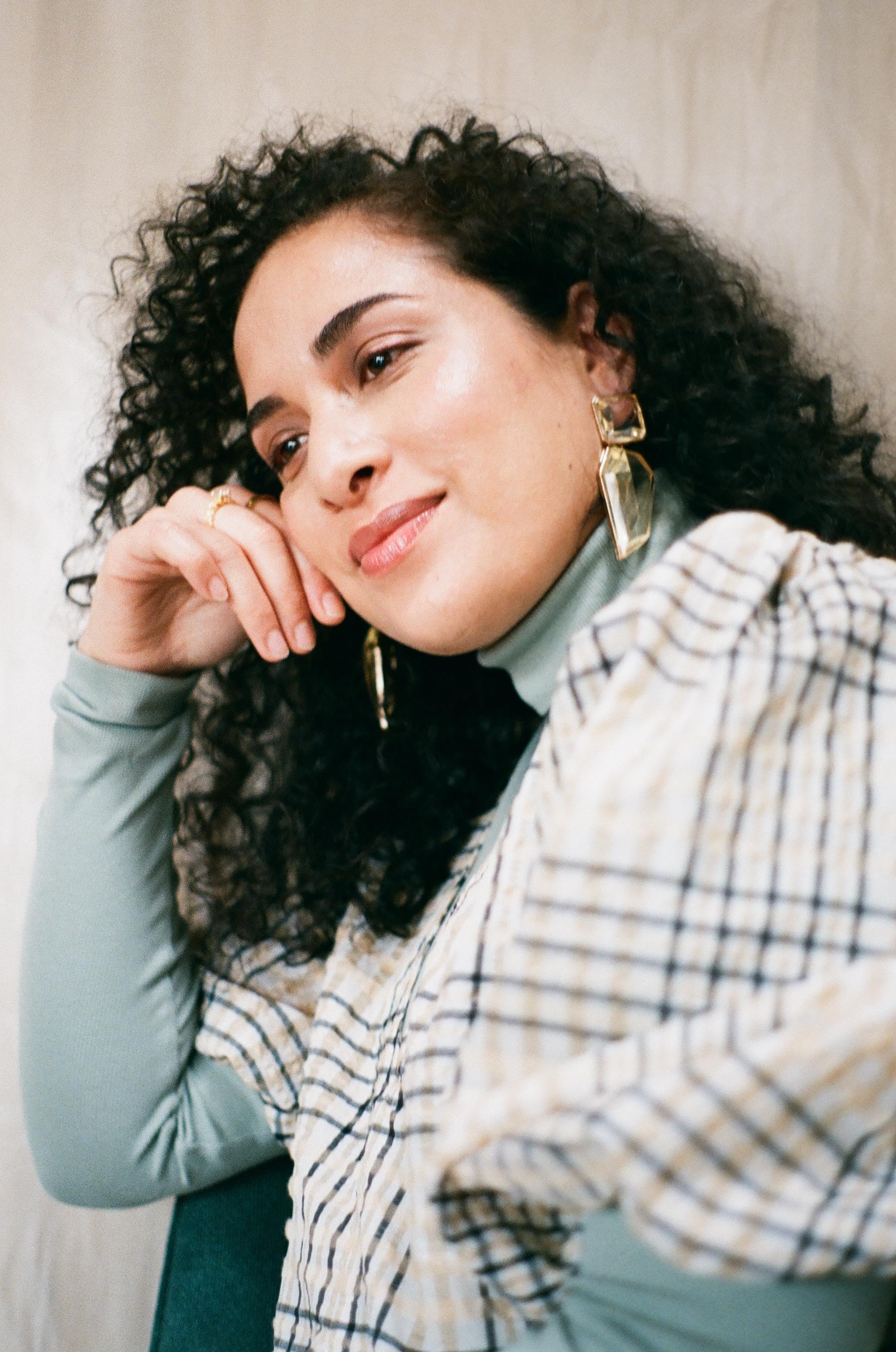
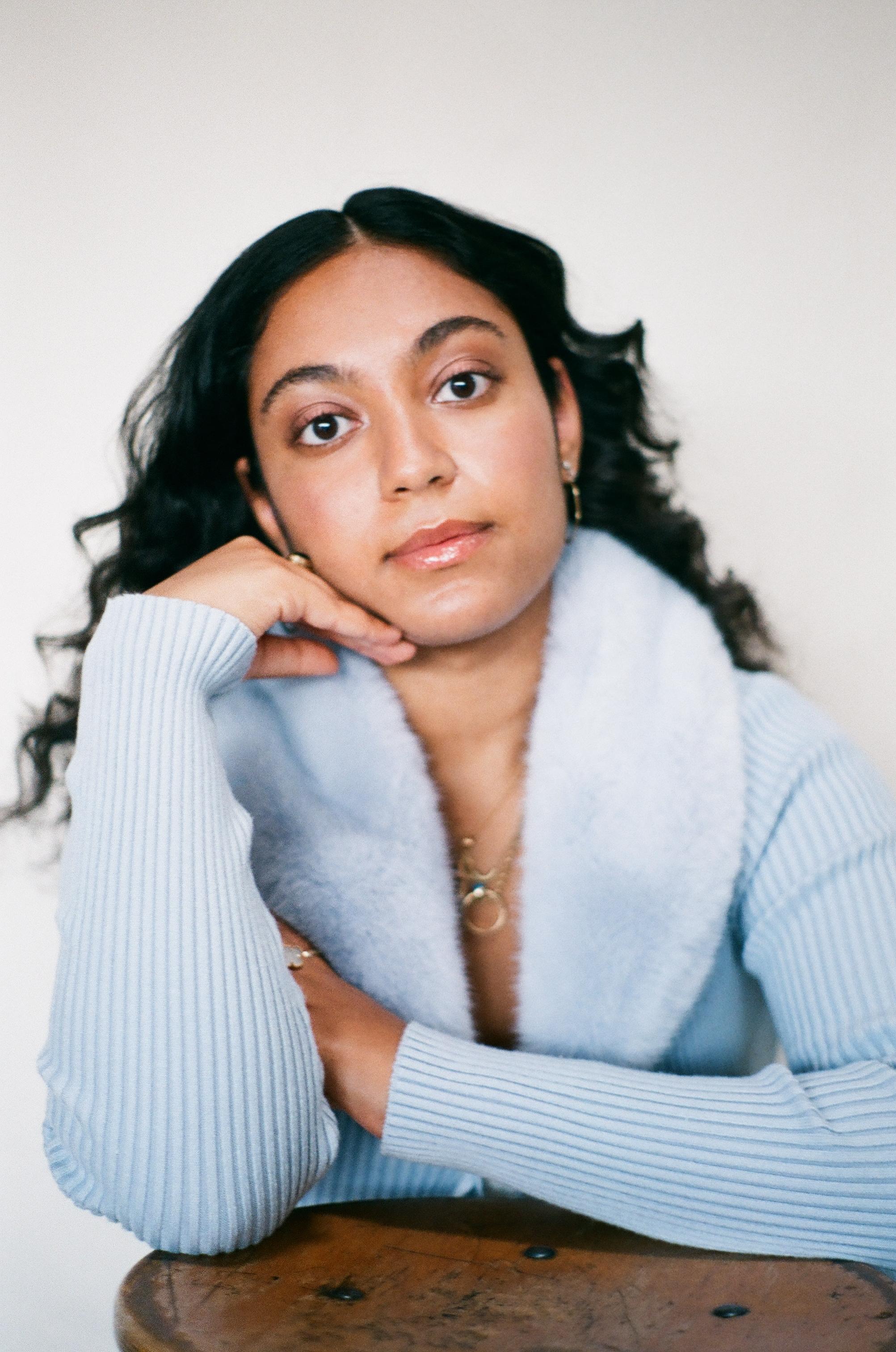
Noss e Noss: Beyond the Moment
“One of the things we want to launch now is what we call the Noss e Noss landing hub,” de Haan says when asked about the future of Noss e Noss. “This would be a sub-project focused on helping women from the community explore Egypt. It’s basically three pillars that we want to spawn:” a hub where individuals can land when they first come to Egypt, a way to connect women with resources and opportunities, and a practical assistance databank about paperwork and life in Egypt.
“Apart from that, we’re thinking of launching a podcast!” de Haan adds at the tail-end of her explanation.
Despite how young this initiative is in comparison to others, Noss e Noss continues to grow into itself: finding new women to voice their reflections and new avenues to traverse. While tailored specifically to Egyptian-Dutch women, Noss e Noss is a promise of more, a benchmark of could-bes when art meets culture, and community is born in the space between.
For more information, follow Noss e Noss on Instagram or contact [email protected].
Subscribe to the Egyptian Streets’ weekly newsletter! Catch up on the latest news, arts & culture headlines, exclusive features, and more stories that matter, delivered straight to your inbox by clicking here.
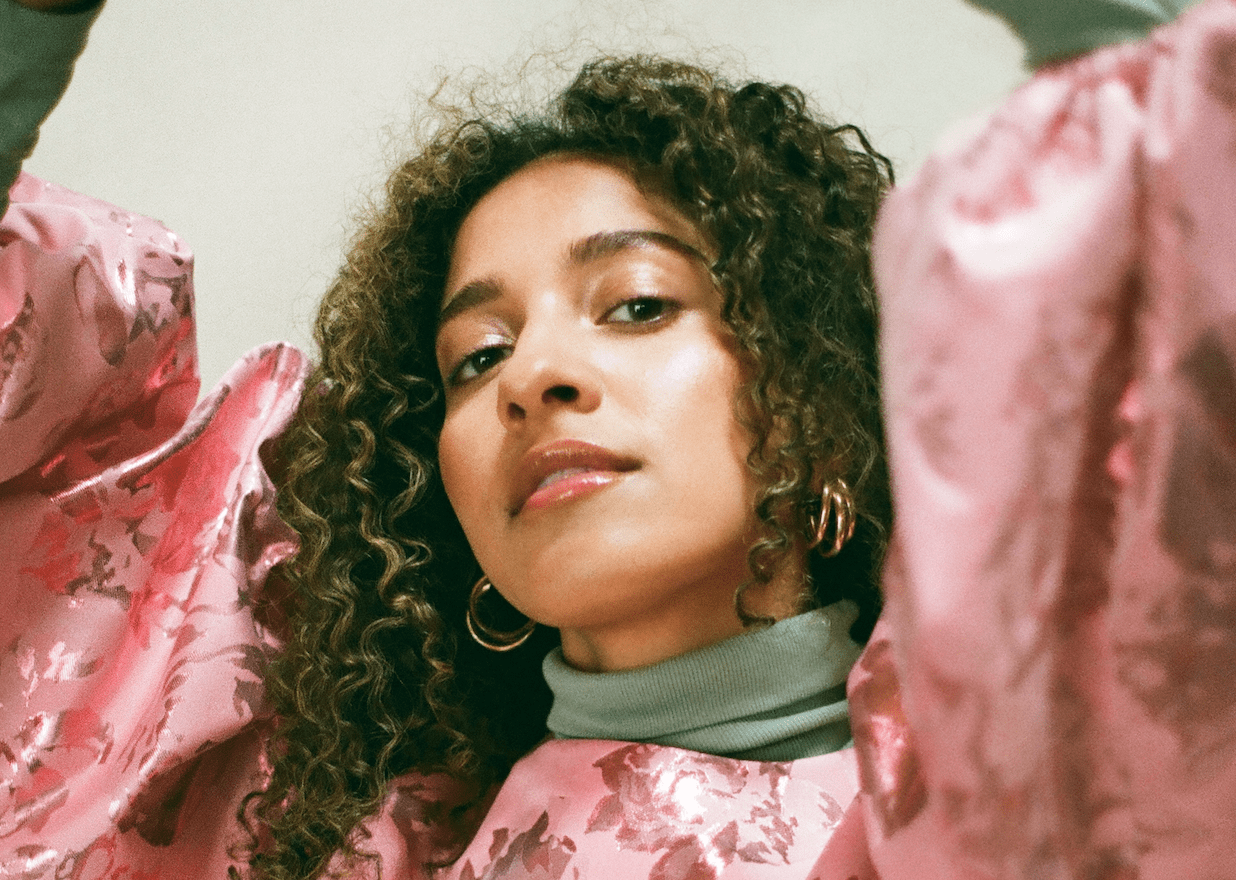



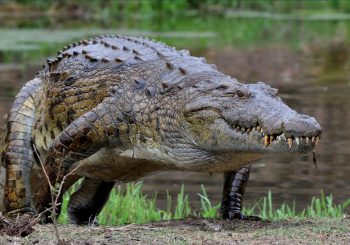
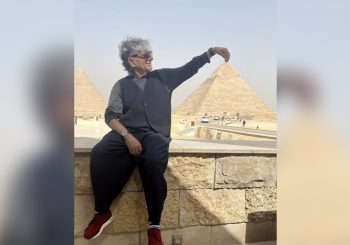
Comments (3)
[…] […]
[…] […]